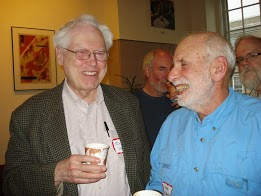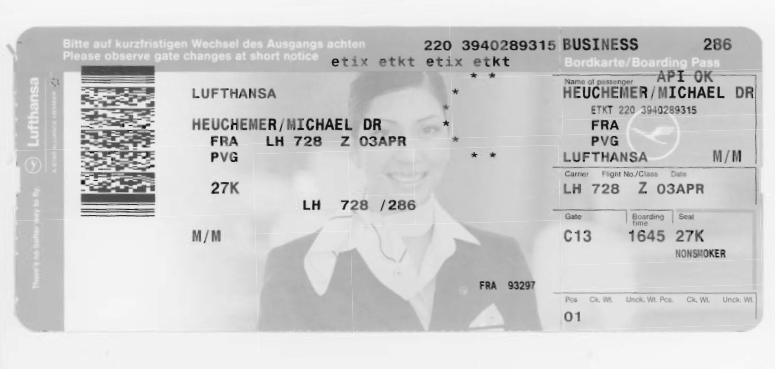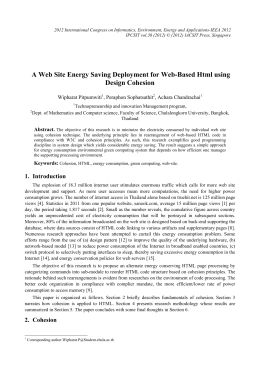Are you wanting to find 'thesis of lawvere'? All the details can be found on this website.
Lawvere theories were introduced by William Lawvere in 1963 equally part of his doctoral thesis, stylish order to bring home the bacon an elegant categoric base for perusal universal algebra, spell monads were structures that had been already used fashionable different areas of mathematics.
Table of contents
- Thesis of lawvere in 2021
- Lawvere theory
- Model theory vs universal algebra
- The category theoretic understanding of universal algebra: lawvere theories and monads
- Thesis of lawvere 05
- Thesis of lawvere 06
- Thesis of lawvere 07
- Thesis of lawvere 08
Thesis of lawvere in 2021
 This image demonstrates thesis of lawvere.
This image demonstrates thesis of lawvere.
Lawvere theory
 This image demonstrates Lawvere theory.
This image demonstrates Lawvere theory.
Model theory vs universal algebra
 This picture shows Model theory vs universal algebra.
This picture shows Model theory vs universal algebra.
The category theoretic understanding of universal algebra: lawvere theories and monads
 This picture shows The category theoretic understanding of universal algebra: lawvere theories and monads.
This picture shows The category theoretic understanding of universal algebra: lawvere theories and monads.
Thesis of lawvere 05
 This picture shows Thesis of lawvere 05.
This picture shows Thesis of lawvere 05.
Thesis of lawvere 06
 This picture shows Thesis of lawvere 06.
This picture shows Thesis of lawvere 06.
Thesis of lawvere 07
 This picture representes Thesis of lawvere 07.
This picture representes Thesis of lawvere 07.
Thesis of lawvere 08
 This image illustrates Thesis of lawvere 08.
This image illustrates Thesis of lawvere 08.
Which is a Lawvere theory with a notion of differentiation?
A Fermat theory is a Lawvere theory equipped with a notion of differentiation. A finite-product theory can also be presented without including all the products of the basic types as actual objects. This yields the notion of cartesian multicategory.
When did Bill Lawvere invent the categorical method?
In his 1963 doctoral dissertation, Bill Lawvere introduced a new categorical method for doing universal algebra, alternative to the usual way of presenting an algebraic concept by means of its logical signature (with generating operations satisfying equational axioms).
What is the idea of the Lawvere theory?
Idea 0.1. The notion of Lawvere theory is a joint generalization of the notions of group, ring, associative algebra, etc. In his 1963 doctoral dissertation, Bill Lawvere introduced a new categorical method for doing universal algebra, alternative to the usual way of presenting an algebraic concept by means of its logical signature...
Which is a joint generalization of the notion of Lawvere?
The notion of Lawvere theory is a joint generalization of the notions of group, ring, associative algebra, etc.
Last Update: Oct 2021